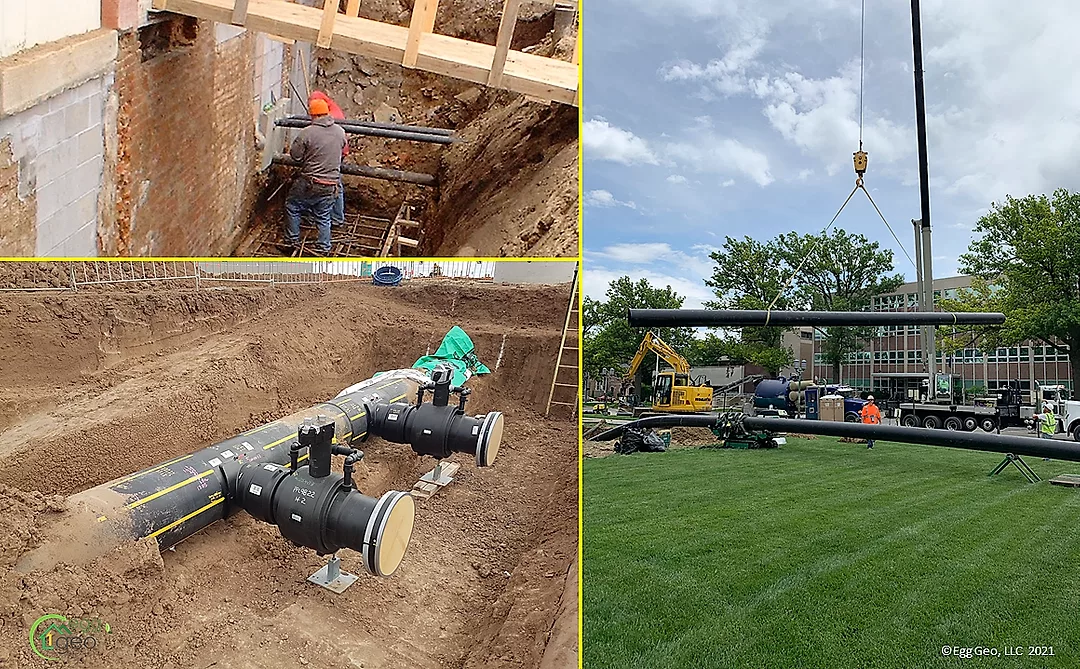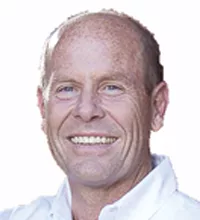The geothermal industry has been evolving since the ’70s and ’80s when Dave Hatherton and Dan Ellis got together and created WaterFurnace (https://bit.ly/3tyZA6l). My induction into the geothermal heat pump industry started in the late 1980s as I was transitioning from the U.S. Navy to civilian life in Orlando, Florida. Realizing that the tropical temperatures of Florida made it necessary to have air conditioning most of the year, I chose to become a licensed mechanical contractor/engineer, or the commercial HVAC business, as a profession.
I believed that I had invented ground-coupled cooling and heating in about 1989. This was before many of us were proficient at the use of the Internet for research.
So, it took a couple of months after I had converted a Trane air conditioner to a ground-coupled heat pump before someone informed me that Oklahoma State University had created the International Ground Source Heat Pump Association (www.igshpa.org). Upon further investigation, I found it had started a certification program for the design of ground-coupled heat pumps.
I scheduled myself for the next class and went to OSU for a week, where we were trained by well drillers, heat pump specialists and pipe fusion experts. My class happened to be the first to take a competency exam, and we became “accredited installers” (see Figure 2).
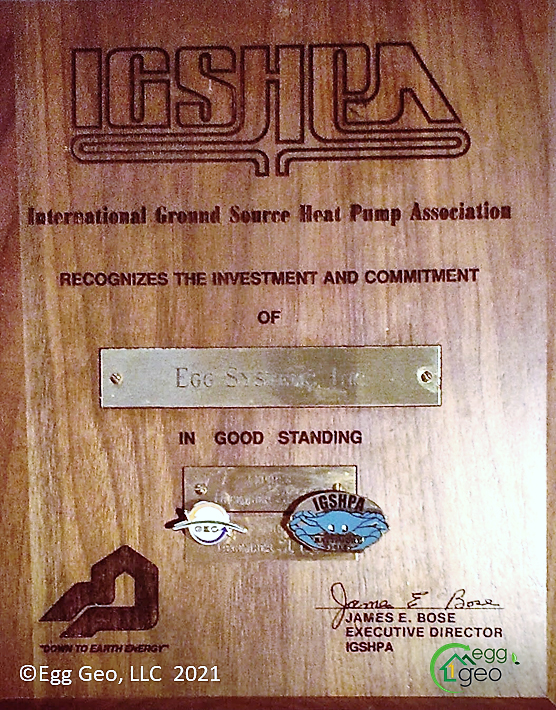
Over the next few years, I had a lot of fun bringing geothermal heating and cooling technologies to my area. It was common for us to be featured in local papers, news features and even morning shows.
Here comes the point of why I bring this up. I was being interviewed for a news broadcast (Figure 3) in which the reporter asked me, “Where do you think this technology will go in the future?” I replied that the time would quickly come when electric and gas utility companies would install what equates to water pipe in neighborhoods, specifically earmarked as geothermal exchange networks.
I stated that I would expect these networks to begin to appear within the next five years. I was a little early; it is well over 30 years later and geothermal energy networks started to appear in the last decade.
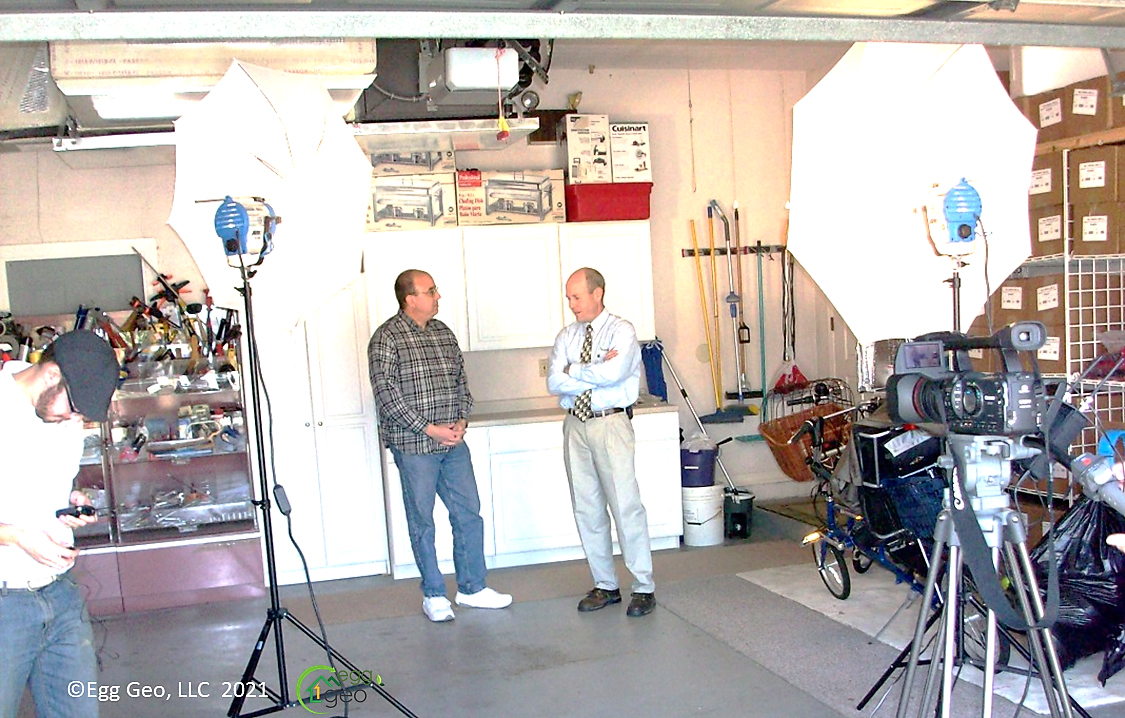
A focus on New York
Domestically, the Northeast seems to offer the strongest programs to facilitate the uptake of heat pump technologies, focusing on geothermal heat pump technologies. In Boston, energy utilities National Grid and Eversource have made strides to get into the geothermal business due to the great work of the Home Energy Efficiency Team (www.heet.org).
The New York State Energy Research and Development Authority (NYSERDA, www.nyserda.ny.gov) has evolved through several years and iterations of its clean heating and cooling (https://on.ny.gov/3tHHzSw) programs.
One such program that helps communities is Public Opportunity Notice 4614. In this particular program, the focus is on community heat pump systems (https://on.ny.gov/3eHOXsN). This opportunity involves professionals in the industry submitting ideas to NYSERDA to enable the installation of thermal energy networks in the city, in the neighborhoods, and everywhere it makes sense.
An interesting part of the program is the opportunity to design thermal energy networks based on heat maps, considering the local costs of fossil fuels, electricity and pipe installation for geothermal energy networks. Geothermal exchange can be very cost-competitive when the community is near a river or other body of water. Surface water geothermal exchange (Figure 4) significantly reduces the cost of a geothermal system because of reduced excavation.
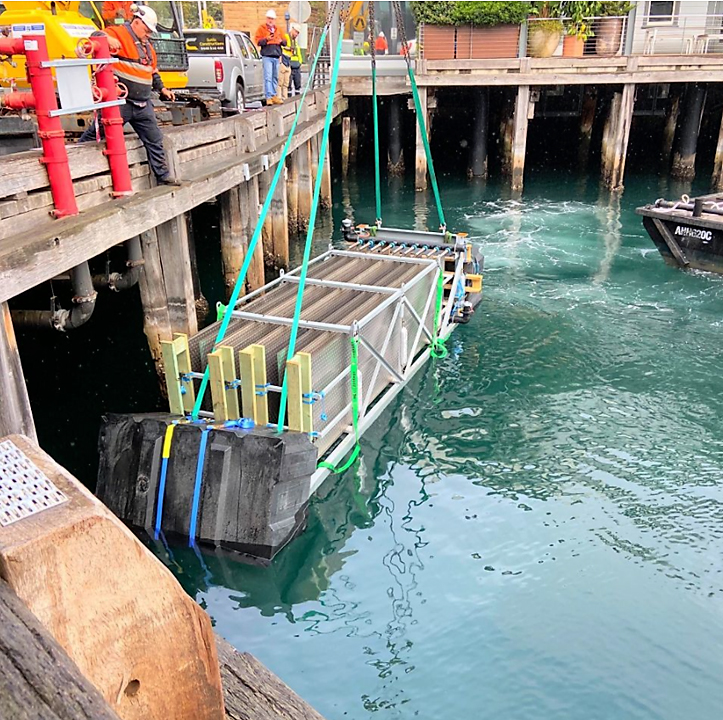
Before we know it, much like seeing a new water main or sewer main going into a downtown city street, we will see geothermal main lines installed in our communities (Figure 5). The energy companies, whether their primary business is natural gas, electric or water, or other entities will become thermal energy network utilities, charging for the BTUs exchanged rather than for fossil fuels combusted.
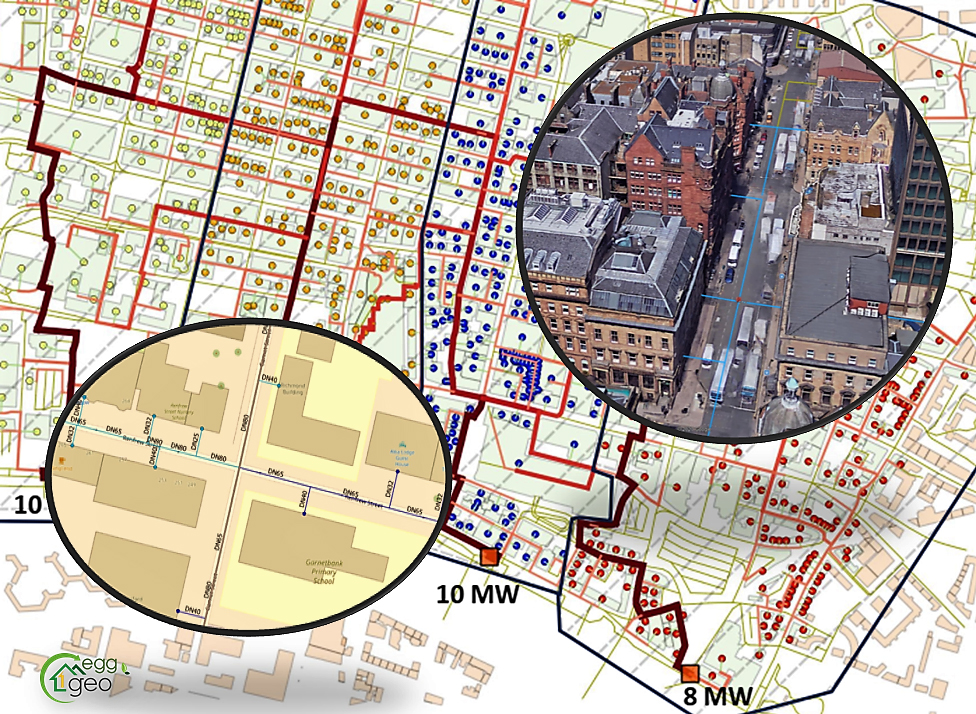
We are fortunate to work in an industry with decades of work left to do, millions of people still to employ and train, and puts our plumbers and pipefitters squarely in the center of all this infrastructure.
Other trades that are put to work are excavators, well drillers, oil drillers, electricians, architects, engineers, HVAC contractors and the entire supply chain for heating and cooling equipment. The Department of Energy's GeoVision study (https://bit.ly/3hrdZOH) notes there will be a 14-fold increase in geothermal heat pump installations; I think that is an understatement.
We are very close to moving into homes and businesses that are preplumbed or prefabbed with geothermal connections — the same way we hook up our dishwasher or clothes washing machine. Slide the heat pump into place, hook up the utilities and enjoy. All inside, always on!
